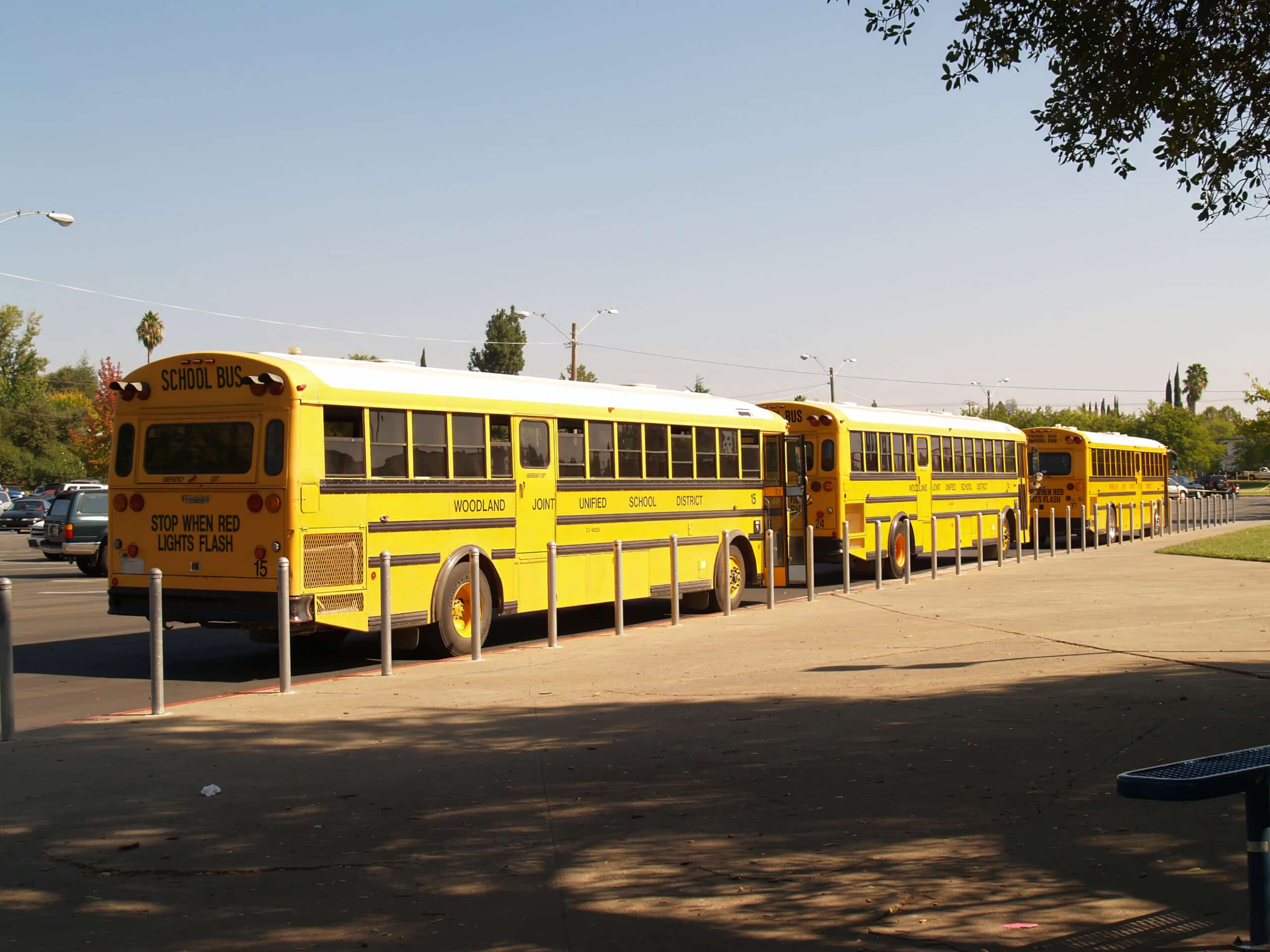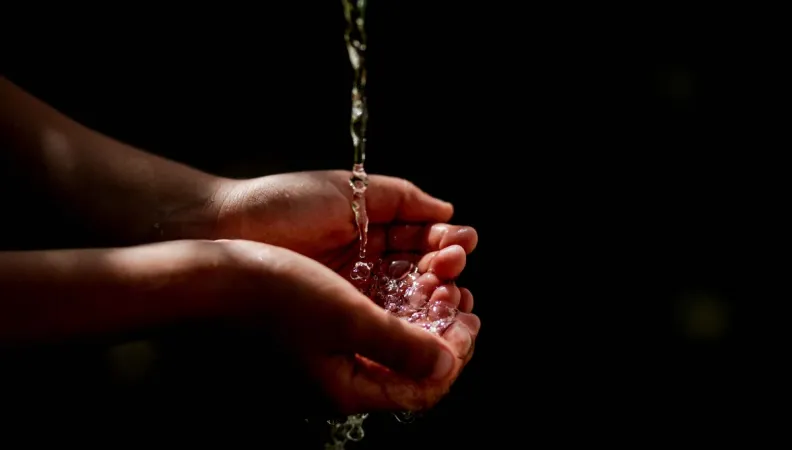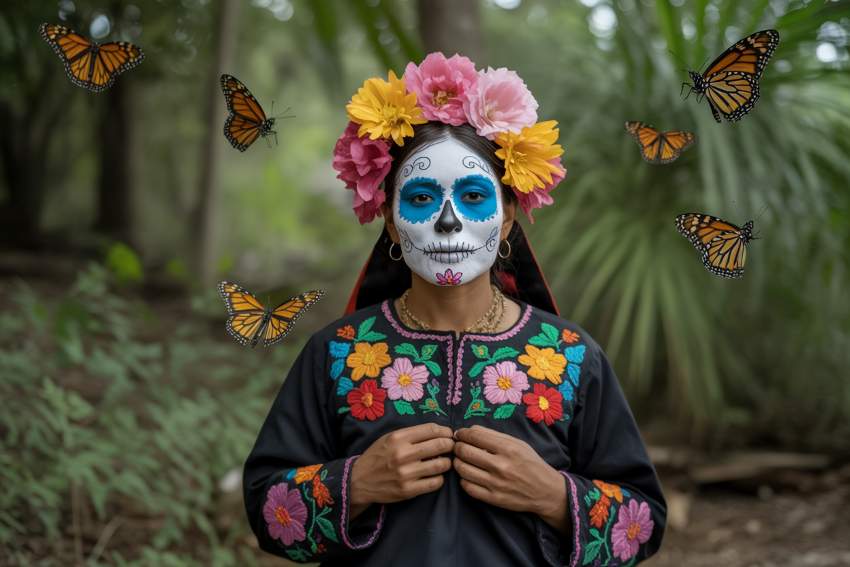Scientists Release Five Hawaiian Crows on Maui, Giving the Imperiled Birds a Second Chance—on a New Island
After two decades extinct in the wild, the Hawaiian crow, or ʻalalā, has been reintroduced to the slopes of Haleakalā volcano in Maui’s Kīpahulu Forest Reserve. This marks a critical step in conserving the species, with only 110 individuals remaining. Scientists selected Maui for its lack of Hawaiian hawks, a major predator on the Big Island, and released five crows in November. These intelligent and culturally significant birds, revered as spiritual guardians in Hawaiian tradition, are acclimating to their new environment. Lessons from past reintroduction attempts and collaborative conservation efforts offer hope for the species' survival and its vital role in the forest ecosystem.
:focal(1125x750:1126x751)/https://tf-cmsv2-smithsonianmag-media.s3.amazonaws.com/filer_public/d4/8d/d48d3e0d-683a-427b-b5f2-9e524c40c512/t18_0069_052.jpg)
On the slopes of the Haleakalā volcano in the Kīpahulu Forest Reserve, Hawaiian crows, known as ʻalalā, are flying free. The species has been extinct in the wild since 2002, and past efforts to reintroduce them to their native range were unsuccessful. Now, employing a new strategy, scientists released five crows in November to a new island—Maui.
“They are shouldering all of the hopes of their species,” says Alison Greggor, an ecologist who led the reintroduction for the San Diego Zoo Wildlife Alliance, to the New York Times’ Catrin Einhorn. “They are the future.”
In the past, attempts to reintroduce ‘alalā to Hawaii’s Big Island during the 1990s and late 2010s did not turn out as well as scientists hoped. The crows were preyed upon by the Hawaiian hawk, or ʻio, its natural predator. With only about 110 Hawaiian crows remaining on Earth, conservationists built upon the lessons of those past reintroductions to try to secure hope for the species once more. On Maui, there are no ʻio, so the crows’ chance of survival is better.
“Conservation doesn’t happen overnight,” says Hannah Bailey, conservation program manager for the Hawaiian Endangered Birds Program at San Diego Zoo Wildlife Alliance, to Scientific American’s Elizabeth Anne Brown. “We’re still learning, and so are the birds.”
Conservationists selected the Kīpahulu Forest Reserve for its semi-isolation and vegetation, an ideal space for the birds. Over the past several months, the five crows—three males and two females—have formed a close-knit group, a bond that scientists hope will enhance their chance of survival in the wild. The birds were also evaluated based on their foraging success and predator response.
ʻAlalā is a species of crow that is about the size of the carrion crow, though it is presently extinct in the wild. (The individuals in this photo are not among the five individuals involved in the pilot release on Maui.) San Diego Zoo Wildlife Alliance
With so few living individuals, ‘alalā is the most endangered species in the crow family. The threats to their survival range from habitat loss to predation and disease. Their population numbers have dwindled since the 1970s. Now, this collaboration between nonprofit, state and federal partners has brought the species back to its forest home.
In Hawaiian culture, ‘alalā are spirit guardians, or ‘aumakua, per Scientific American. They often appear in dreams or visions to warn people of danger and act as protectors.
For Keanini Aarona, an avian recovery specialist at Maui Bird Conservation Center, it holds a special significance to care for ‘alalā, according to a statement from the San Diego Zoo Wildlife Alliance. “To me, and in my culture, the ‘alalā are like our ancestors—our kūpuna. The forest wouldn’t be there without these birds.”
There is a shared ecology among the forest and its animals, and the ‘alalā have historically been part of it. They are also highly intelligent and charismatic creatures. Research has shown the crows even know how to use tools like sticks to bring food out of crevices.
“When you are in the presence of an ‘alala, it is a humbling moment,” says biologist Jacqueline Gaudioso-Levita, coordinator for the ‘Alalā Recovery Project, to Ke Kalahea’s Daisy Stewart. “Their intelligence and uniqueness is very apparent.”
The previous reintroduction effort between 2016 and 2020 saw a total of 30 ‘alala reintroduced on the Big Island. Initially, it was a success. Most survived for the first year, but their numbers started to dwindle, and in 2020, conservationists returned the remaining birds to human care. The effort, however, was not in vain—it proved essential for informing this new phase on Maui.
Reintroduction projects always come with some type of risk. In this case, as Maui is not the bird’s native range, introducing them to the habitat involves a risk of ecological consequences. For this reason, researchers chose a site where there were few animals of great concern, like rare snails and forest birds, to minimize the potential damage, per the Washington Post’s Dino Grandoni.
“We didn’t want to risk native species on Maui just in pursuit of finding a better path for ‘alalā,” says Michelle Bogardus, a deputy field supervisor at the U.S. Fish and Wildlife Service, to the Washington Post. “We would not be doing this if we thought that this action was going to risk all of the other species that are also within our stewardship.”
On release day in early November, the five ‘alalā hesitantly made their way out of the aviary, where they had been acclimating for six weeks. The birds took their time, climbing atop the aviary first, then going from tree to tree. With time, they spread their wings and joined the forest.
What is Your Reaction?
 Like
0
Like
0
 Dislike
0
Dislike
0
 Love
0
Love
0
 Funny
0
Funny
0
 Angry
0
Angry
0
 Sad
0
Sad
0
 Wow
0
Wow
0








































































